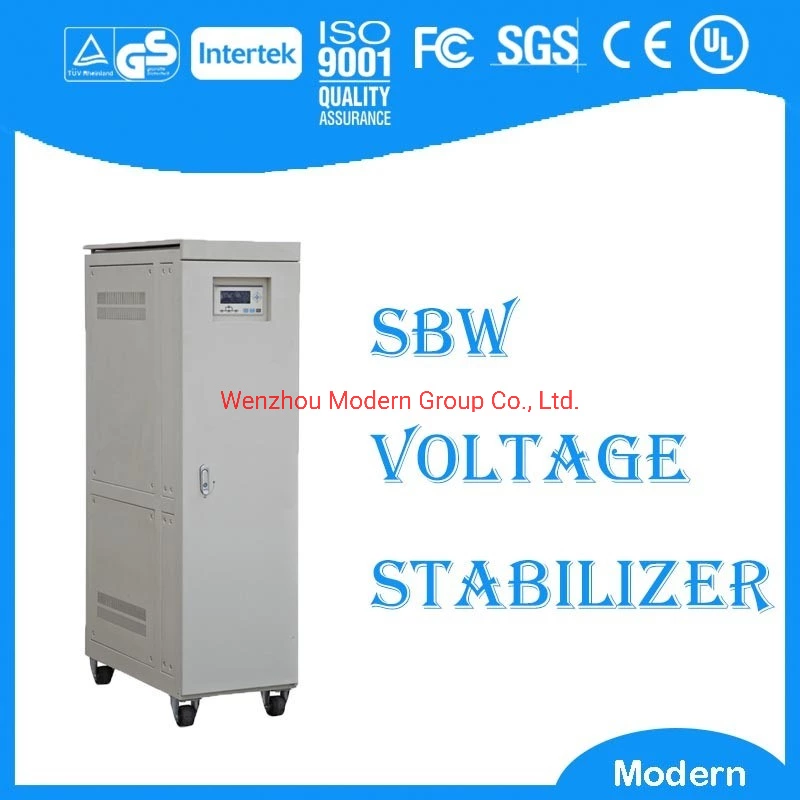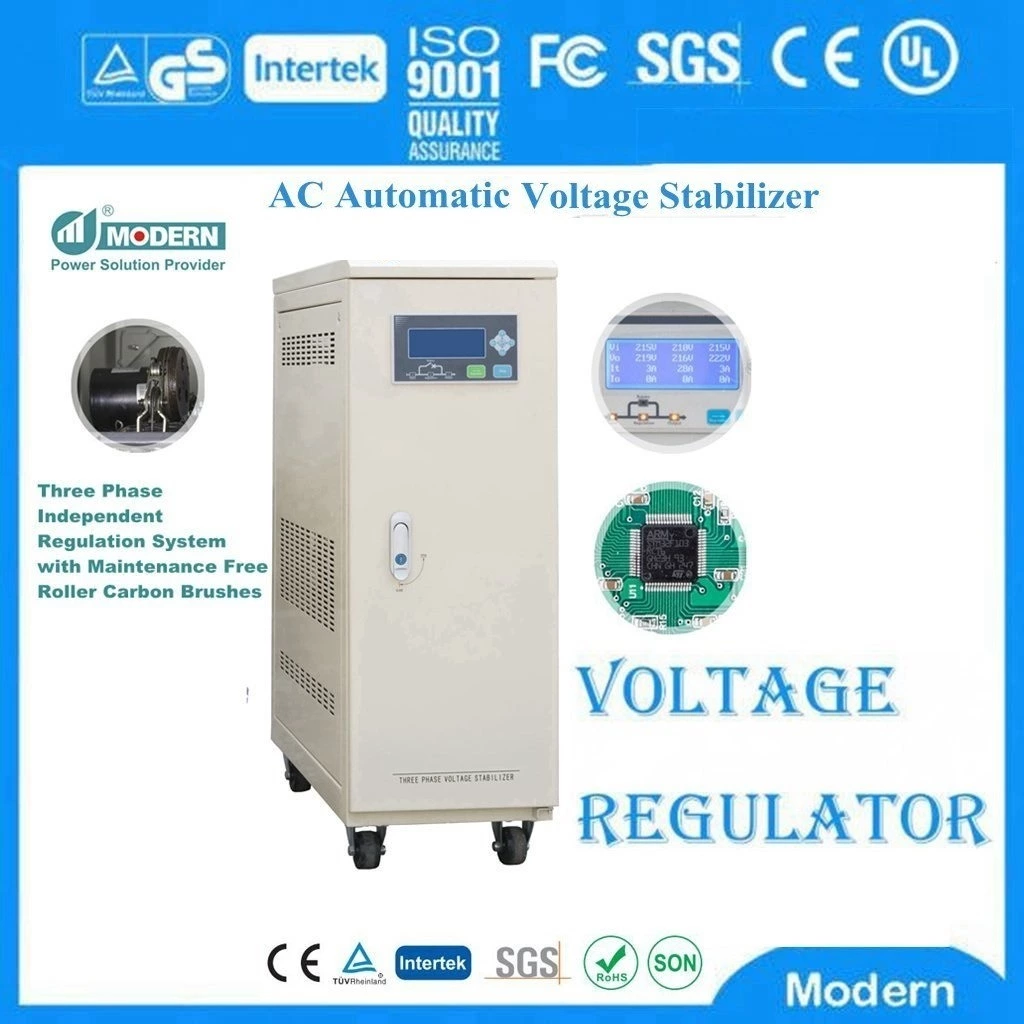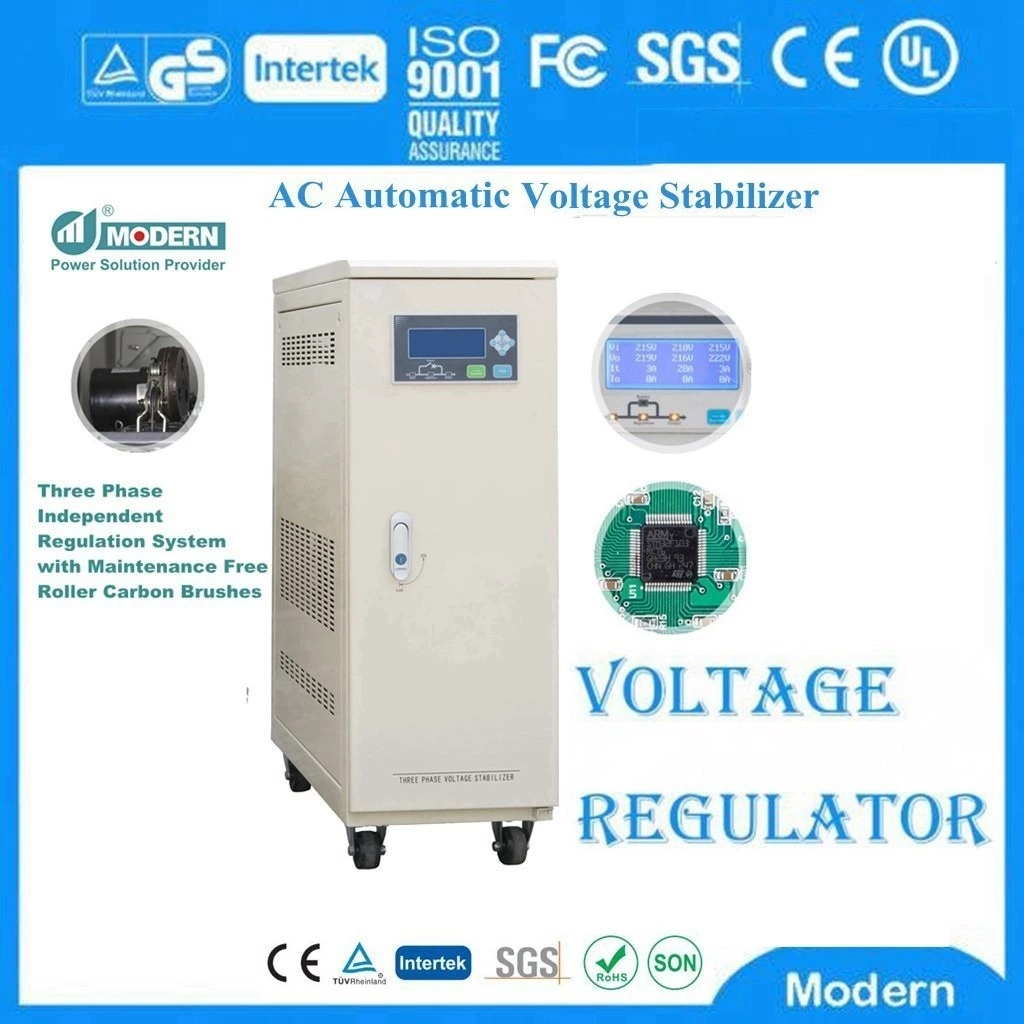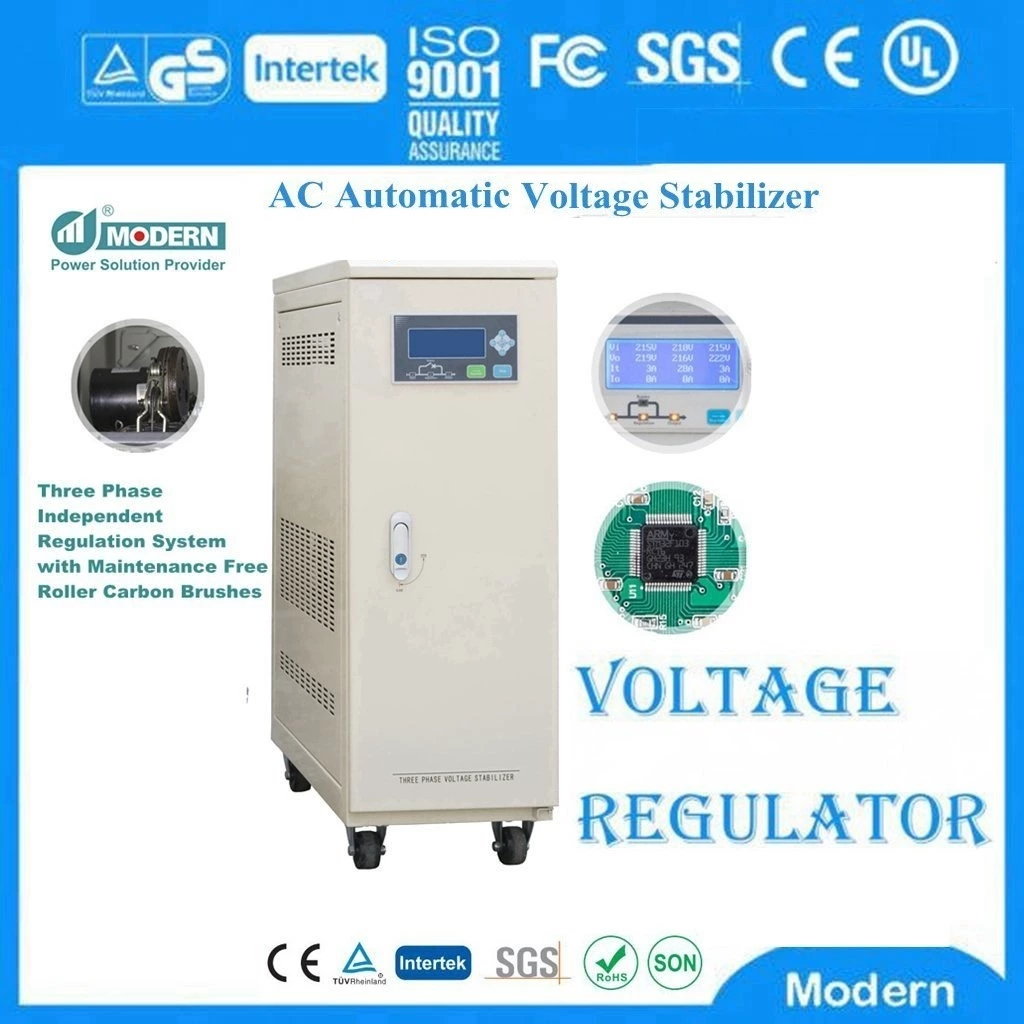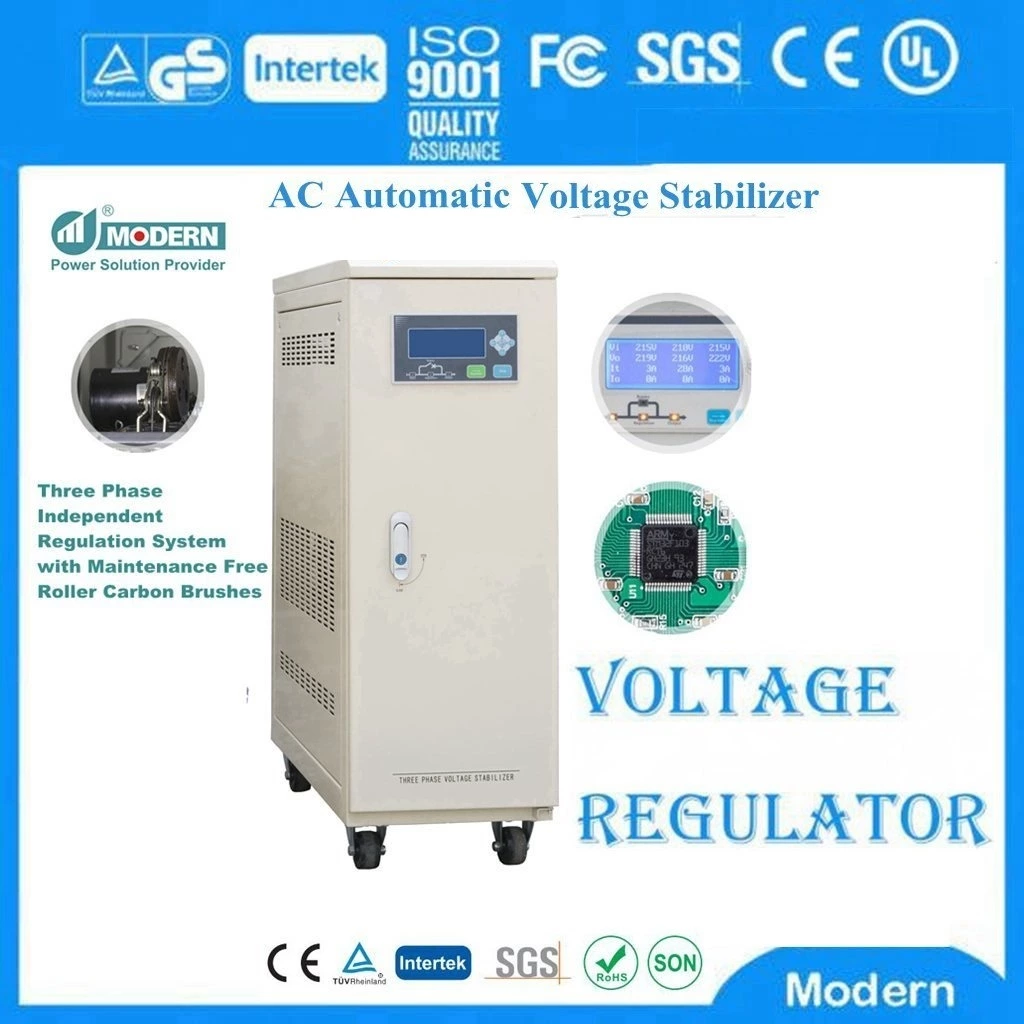Voltage Optimizer Principle
The Voltage Optimiser principle is mainly to update the parameters of the model through gradient descent or its variant algorithms to minimize the loss function and thus optimize the model performance.
Optimizers play a vital role in machine learning and deep learning. Its core principle is to use gradient descent or its improved algorithm to gradually adjust the parameter values according to the gradient information of the loss function to the model parameters, so that the loss function is gradually reduced, thereby achieving the purpose of optimizing the model.
Specifically, the gradient descent algorithm calculates the gradient of the loss function with respect to the model parameters and updates the parameters in the opposite direction of the gradient, because the opposite direction of the gradient is the direction in which the loss function value decreases fastest. In this way, after multiple iterations, the model parameters will gradually converge to the vicinity of the optimal solution, so that the loss function value is minimized.
In addition, in order to improve the performance of the gradient descent algorithm, many variant algorithms have been proposed, such as momentum method, Newton momentum method (NAG), AdaGrad, etc. These algorithms introduce momentum terms, adaptive learning rate and other mechanisms on the basis of gradient descent to accelerate convergence, improve stability or avoid falling into local optimal solutions.
In summary, the optimizer principle is based on gradient descent or its variant algorithms, which optimizes model performance by continuously adjusting model parameters to minimize the loss function.
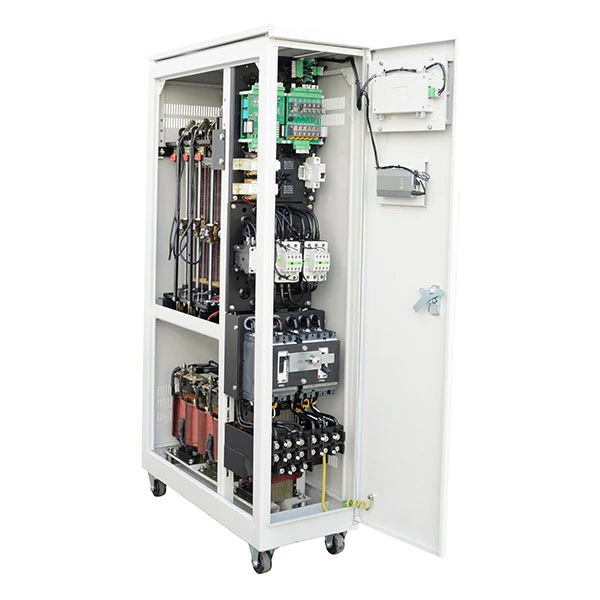
 Русский
Русский
 Français
Français
 Português
Português
 Español
Español
 اللغة العربية
اللغة العربية
